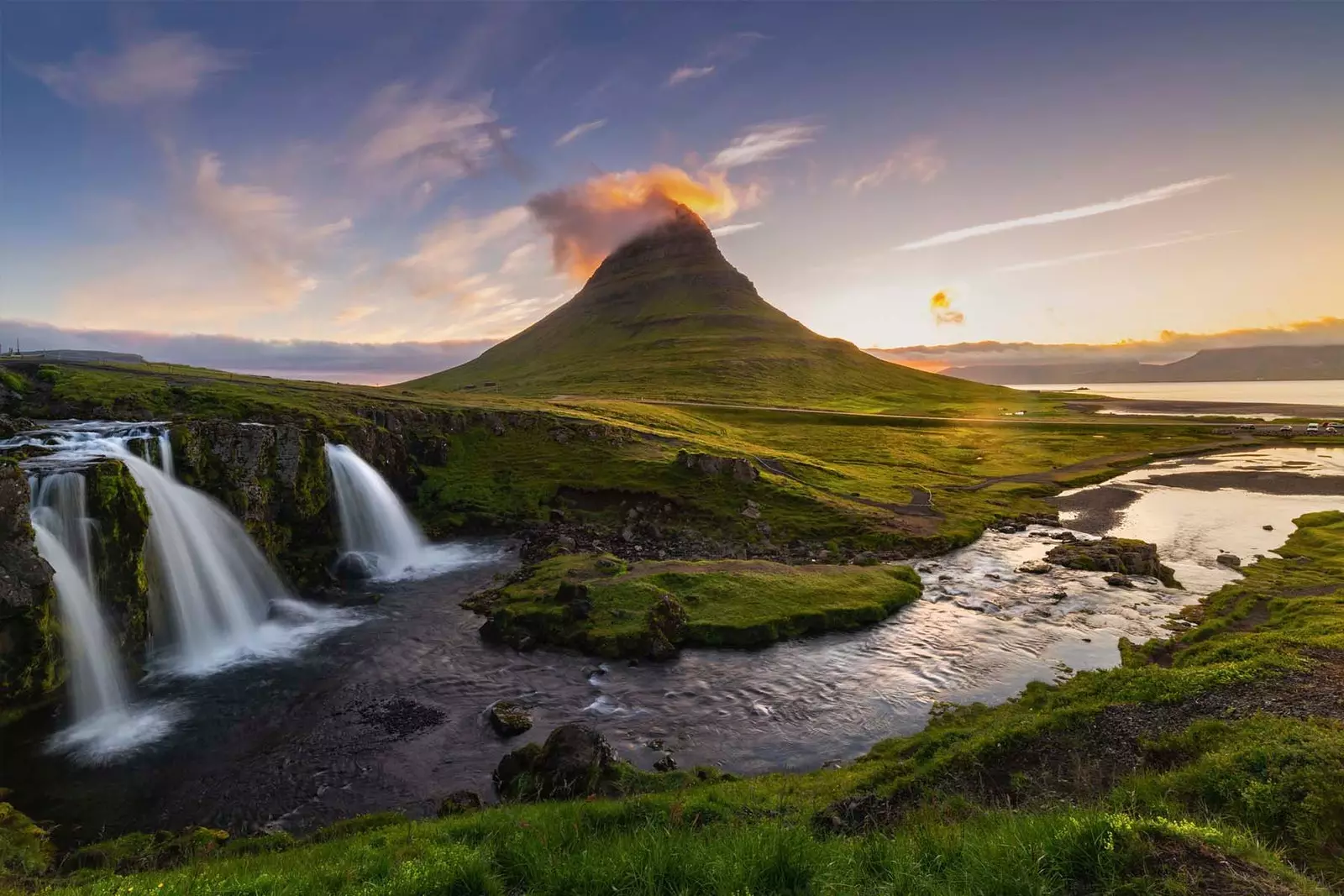
The uncharted and extraordinarily beautiful West Fjords
The western fjords of Iceland (Vestfirðir, in the local language) are not usually included in the travel plan to this island full of natural wonders. Perhaps the reason is its location - in the extreme northwest of the country-, bad roads who arrive in the area -many of them without paving- or the climate, especially Lasted of the winter months.
It is likely that a combination of all this explains why this region remains so unknown for the average tourist, despite the fact that seemingly infinite valleys are concentrated here, fjords flanked by permanently snow-capped mountains and a feeling of peace hard to find in Reykjavik and its surroundings.
The west fjords they are an isolated place and wildly beautiful recommended to go to in the summer months, when gravel has replaced snow on the roads and the days are so long that midnight surprises the traveler driving between fjord and fjord and not knowing very well the time in which he lives.
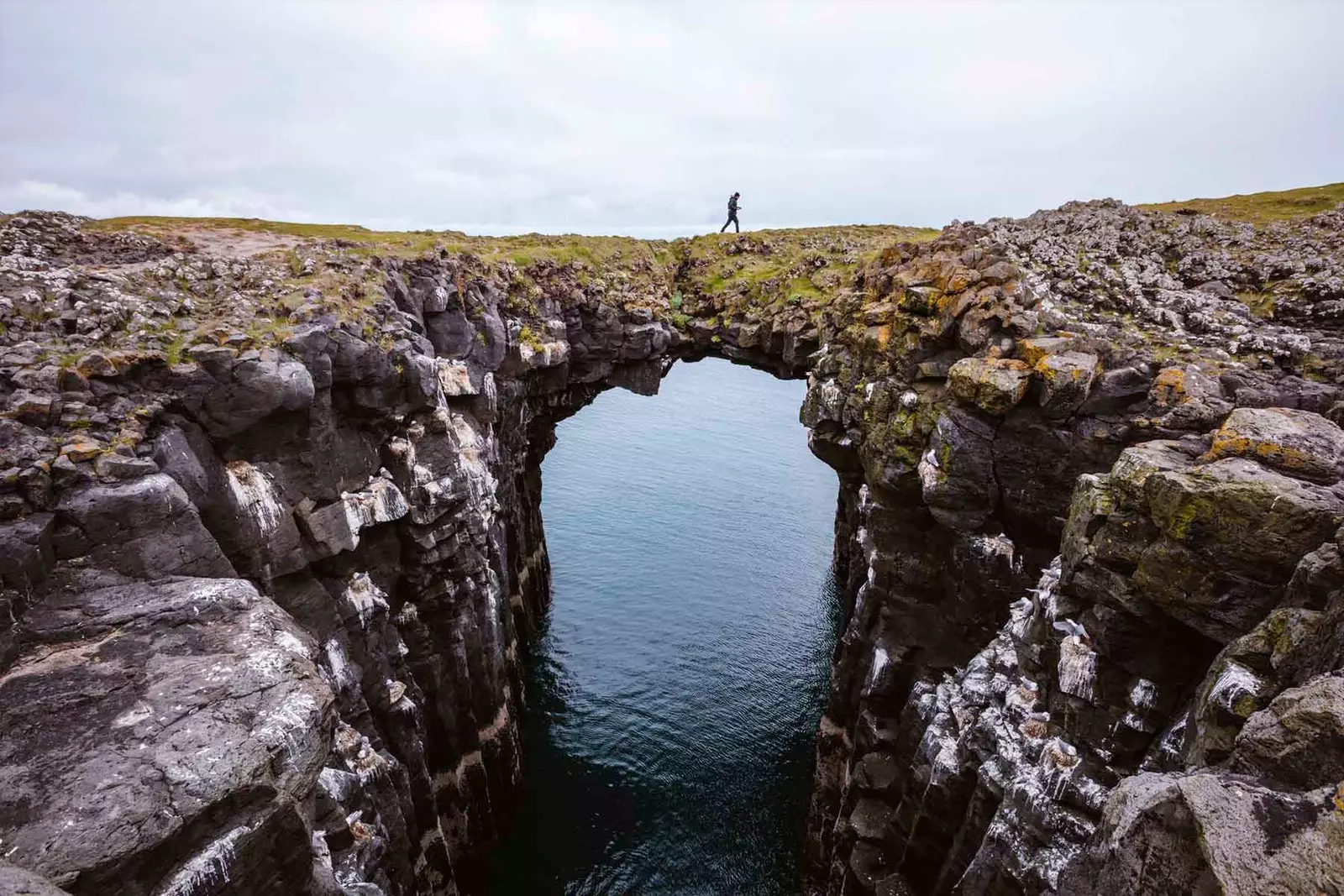
Spectacular landscapes await you
PUFFIN IN LATRABJARG
The most common route to reach this region is the highway 60 , which leaves to the north from the main road, that circles the country. Or alternatively, the baldur ferry which starts from the peninsula of Snæfellsnes . In both cases, we will start this trip along the south coast, an area as uninhabited as almost any other in this territory of 22,200 square kilometers and barely 7,500 registered inhabitants.
In order to reach the spectacular cliffs of Látrabjarg , we will first take the highway 62 With direction to Patreksfjordur and then the detour through the 612 . After leaving the magnificent beaches of Breidavik and Hvallatur , we will touch with our fingers the westernmost point of Europe – if we ignore the Azores islands - at the lighthouse Bjargtangar.
Immediately after appears Látrabjarg before our eyes, a succession of cliffs 12 kilometers long with walls that exceed 400 meters Tall. This remote and wild place is the paradise of puffins , an iconic bird for the region and the country, which finds here its ideal place to nest in the least cold months (between May and August).
With its colorful beak and apparent clumsiness when taking flight, puffins are surprisingly confident: it is easy to approach and observe them from a few centimeters. Difficult task instead with the numerous cormorants, razorbills and seagulls who also populate the area.
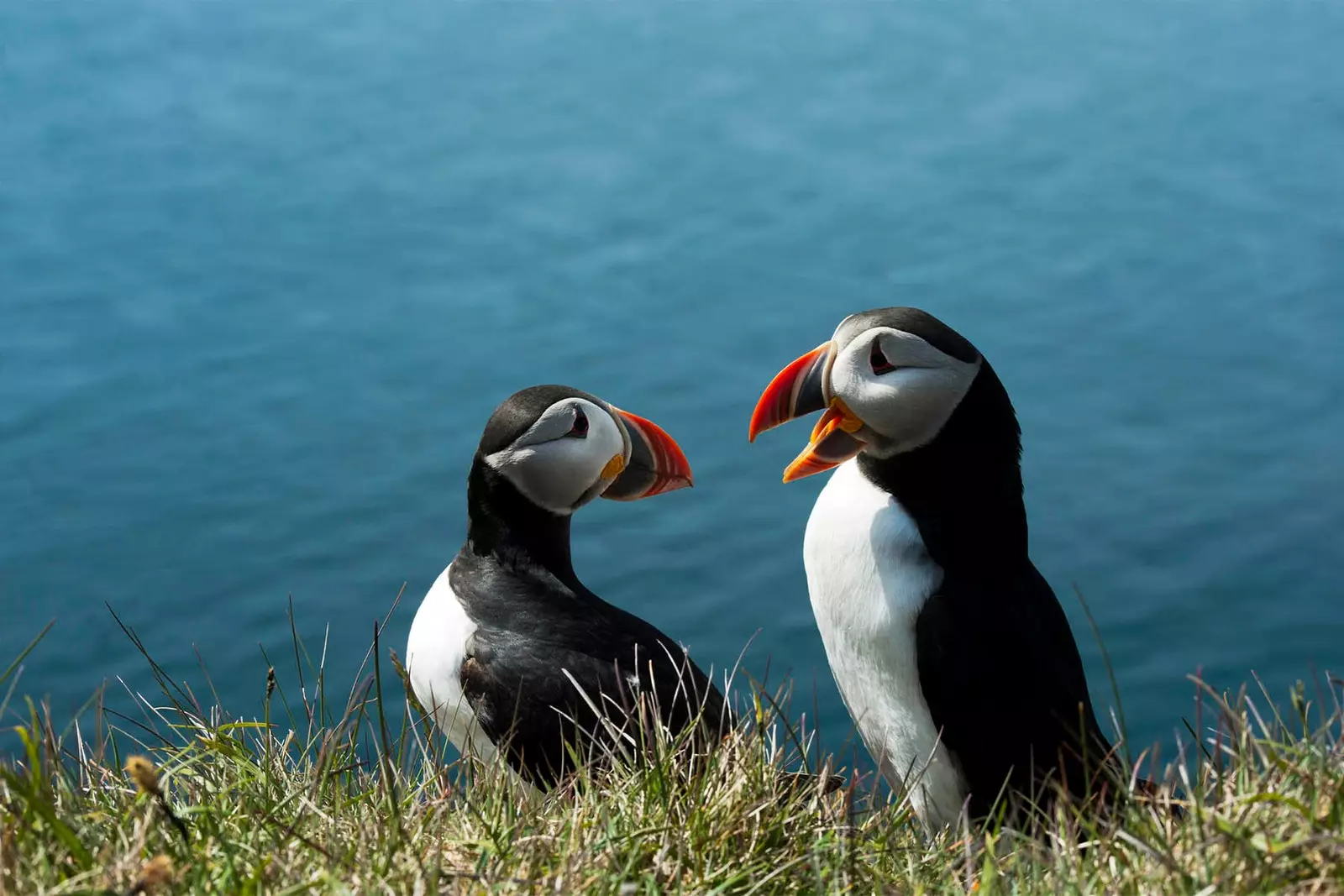
Puffins are as cute as they are confident
THE SOUTHWEST FJORDS AND DYNJANDI
Retracing our steps, we can take the winding road northward that crosses, in this order, the towns of Patreksfjörður, Tálknafjörður and Bíldudalur. Each of them has his own fjord.
They also have a church, a swimming pool -essential in any Icelandic town-, some lodging-restaurant and, if we are strict, little more. They are ideal places to watch time pass and enjoy nature, for example with an open-air bath in pools of geothermal water What Pollurin and the wide bathtub next to the road in Reykjafjörður.
After rejoining the highway 60 , soon we will arrive at the majestic Dynjandi , one of the waterfalls most beautiful from Iceland. Here the water slides over the wall while the torrent gradually widens until it forms a kind of pyramid in the rock . The walk from the parking lot to the big waterfall goes through other smaller Yes, they anticipate the deafening noise and the steam that floods us when we reach the feet of that majestic waterfall.
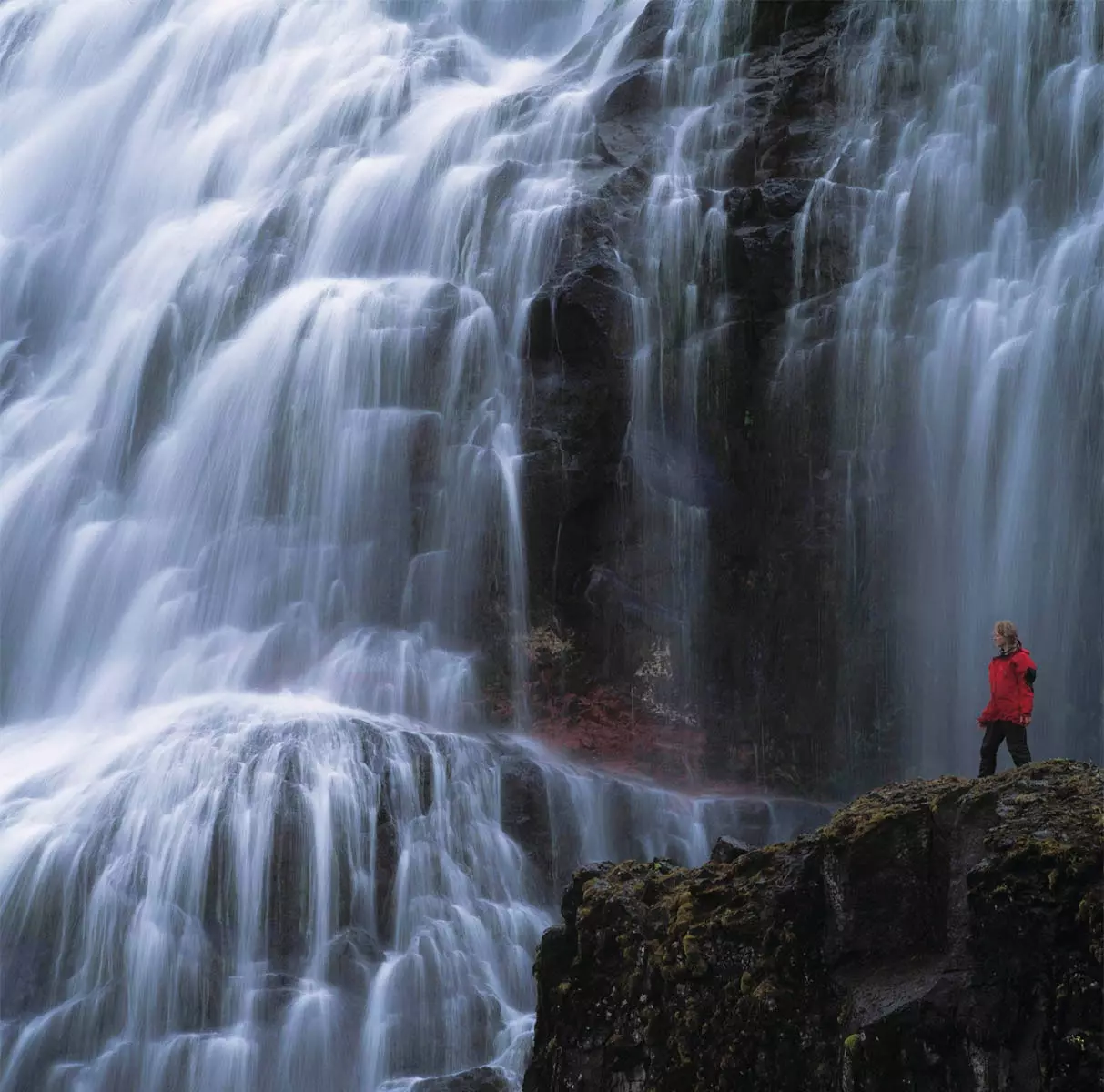
The majestic waterfall of Dynjandi
ISAFJÖRDUR, OLD WHALING CAPITAL
Although it has little more than 2,500 neighbors, Isafjordur It is the capital and the closest thing to a city that we will find in the fjords of the West. this ancient whaling enclave lived its heyday in the 17th and 18th centuries, date from which many of the wood and steel buildings still standing in the center of the town.
Today, Isafjördur continues to be a active fishing port located on a tongue of land that goes into the fjord of Skutulsfjörður, awesome little brother Ísafjarðardjúp , the mouthful of sea 75 kilometers length that splits this region in two.
The arrival to this locality surprises by the landscape of mountains, slopes and snow that surrounds it, but also because of the curious one lane tunnel (and two directions) that connects the city with the south of the western fjords, finished in 1991.
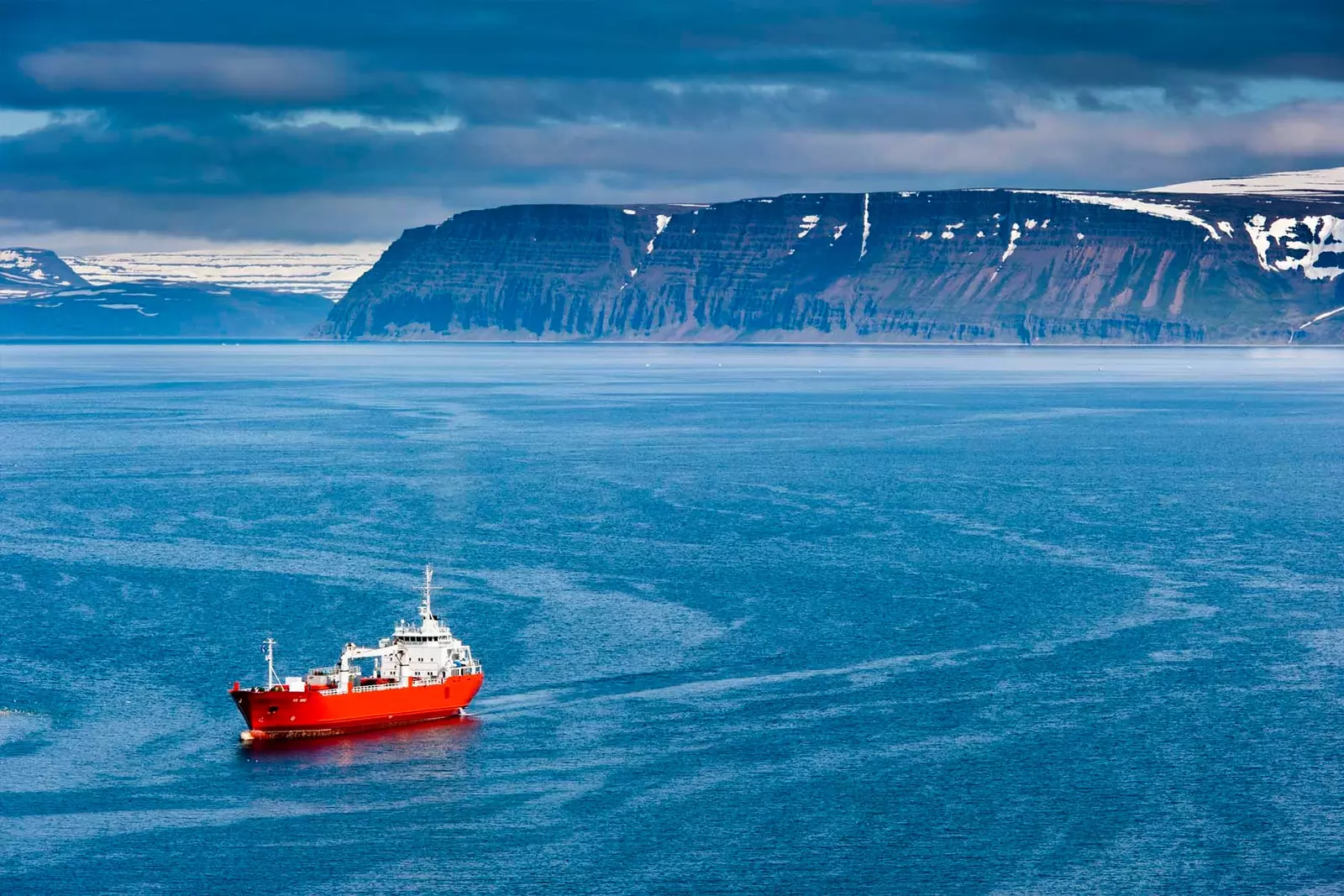
Isafjördur, former whaling capital
Heading east, Highway 61 heads into territory where, once again on this journey, human life is scarce. For this reason, it is advisable to carry enough gasoline and the necessary provisions for the road. One of the few inhabited nuclei is Sudavik , a lowercase fishing community which has the delicious Arctic Fox Center which is well worth a visit.
A few kilometers further, after surrounding the umpteenth fjord, is Hvitanes , an apparently nondescript place but ideal to observe from the very edge of the road to the seals frolicking on the shore. And, with a bit of luck, to some other whale crossing Ísafjarðardjúp from one end to the other.
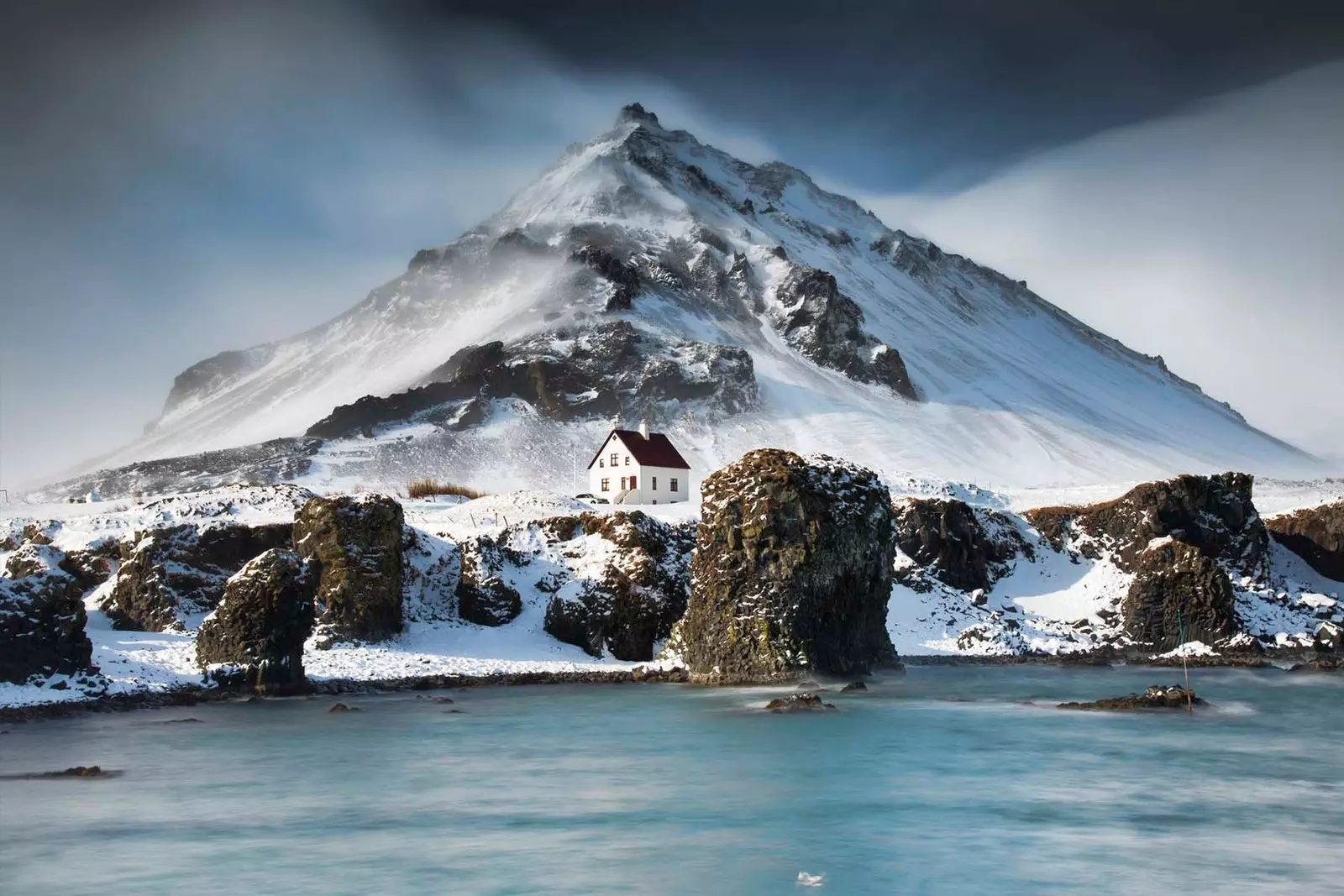
Human life is scarce in the area.
STRANDIR AND A LAST SWIM IN KROSSNES
The east coast of the western fjords is reached, if you come from Isafjordur, after miles and miles of landscapes colored just by sheep, the most common living being in these lands. Arriving from the south, also by the highway 61 , the car drives through placid hills that border the coast. Both paths are valid to reach Holmavik, inside the fjord Steingrímsfjördur, and the main town in the area.
This is a perfect base for driving north up the rugged road 643 and discover the Strandir coast. It is a place that well sums up the contrasts of this untamed territory: the enormous rock walls against which the sea beats coexist with that very special sensation of feeling in the end of the world.
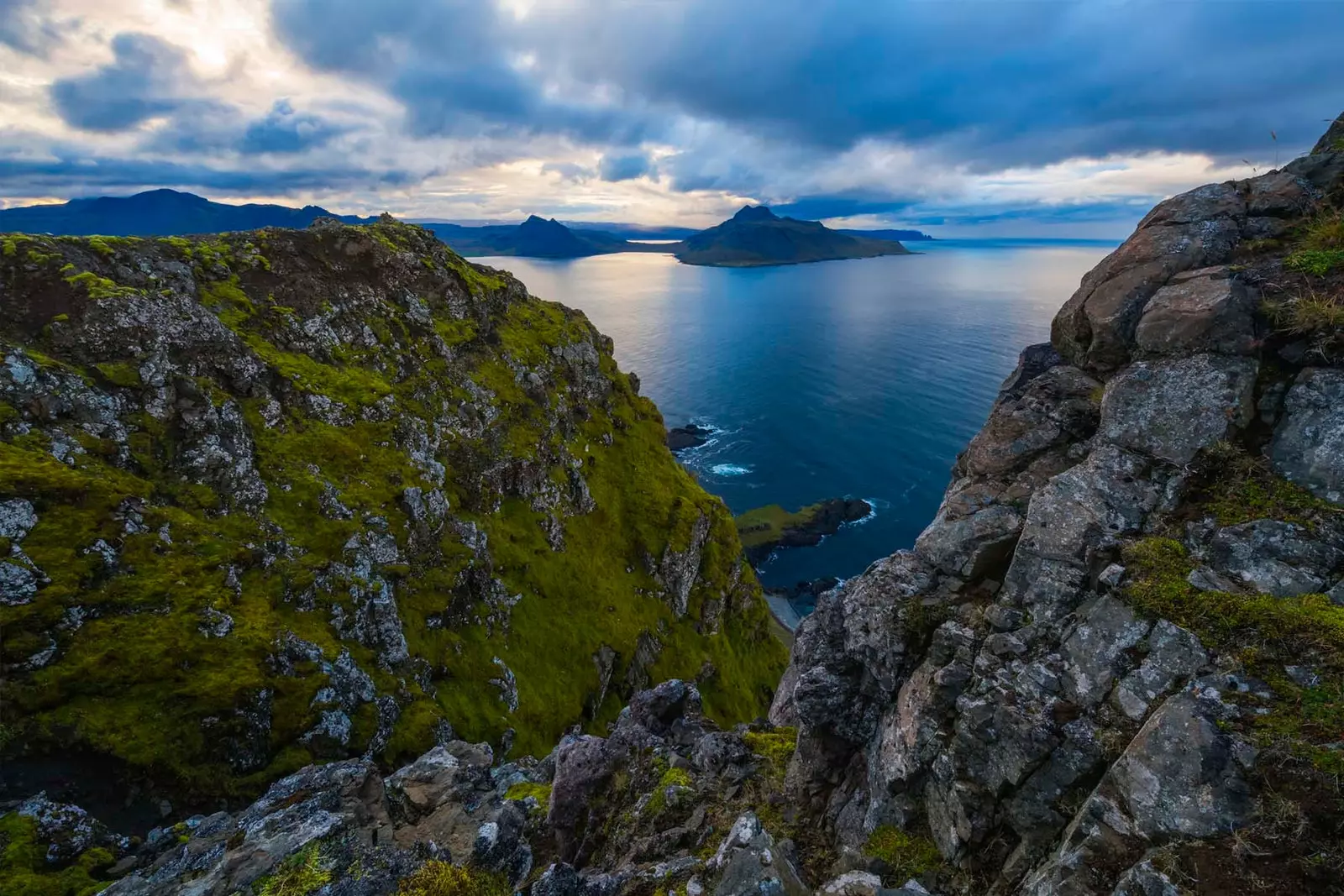
The beautiful coast of Strandir
If the season of the year allows it (from here the road is usually closed when the fall ), a good way to end the trip is to continue a few more kilometers to the north and, after leaving behind the old herring factory of Djupavik , reach the tiny village of Norðurfjörður. There, overlooking the Atlantic Ocean, is the geothermal pool of Krossnes , a perfect balcony from which to rethink this journey through Iceland's wildest beauty.
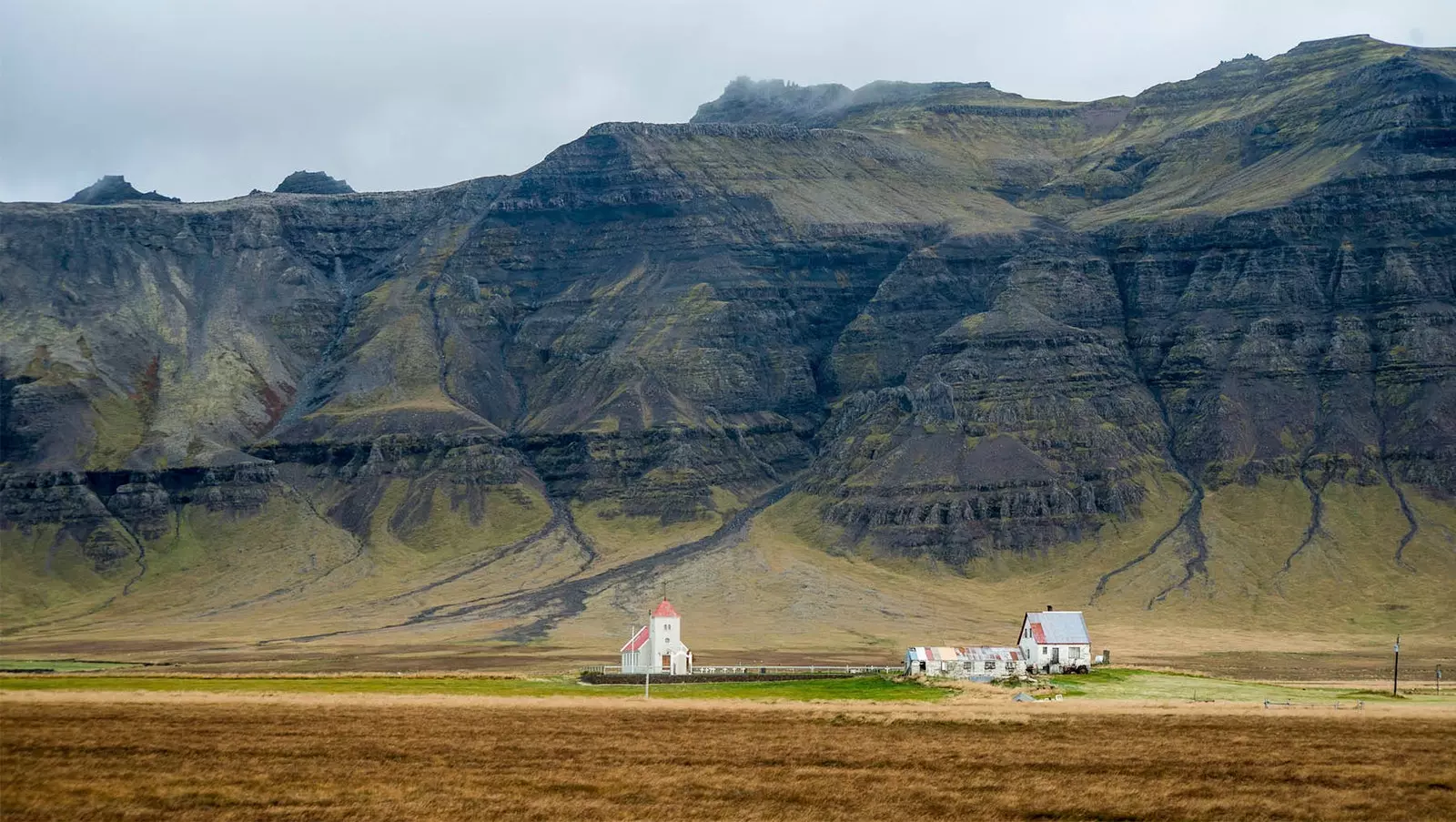
In Norðurfjörður you will feel at the end of the world
